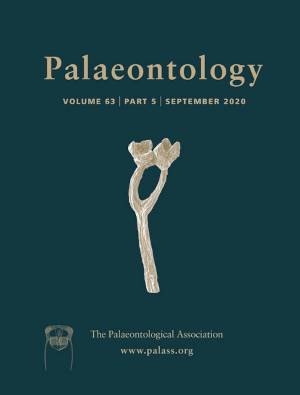Reg. Charity No. 1168330

Recent advances in computer technology have substantially changed the field of palaeontology in the last two decades. Palaeontologists now have a whole new arsenal of powerful digital techniques available to study fossil organisms in unprecedented detail and to test hypotheses regarding function and behaviour. Multibody dynamics analysis (MDA) is one of these techniques and although it originated as a tool used in the engineering and automotive industry, it holds great potential to address palaeontological questions as well. MDA allows the simulation of dynamic movements in complex objects consisting of multiple linked components. As such, this technique is ideally suited to model biological structures and to obtain quantifiable results that can be used to test the function of musculoskeletal systems rigorously. However, despite these advantages, MDA has seen a slow uptake by the palaeontological community. The most likely reason for this lies in the steep learning curve and complexity of the method. This paper provides an overview of the underlying principles of MDA and outlines the main steps involved in conducting analyses. A number of recent studies using MDA to reconstruct the palaeobiology of fossil organisms are presented and the potential for future studies is discussed. Similar to other computational techniques, including finite element analysis and computational fluid dynamics, the non‐invasive and exploratory power of MDA makes it ideally suited to study the form and function in vertebrates for which no modern analogues exist.
AcknowledgementsAndrew Smith and Barry Lomax are thanked for the invitation to contribute this article as part of the Palaeontological Association Annual meeting symposium 2019. Eric Snively, Sally Thomas and two anonymous reviewers are acknowledged for their helpful comments and suggestions that improved the manuscript.